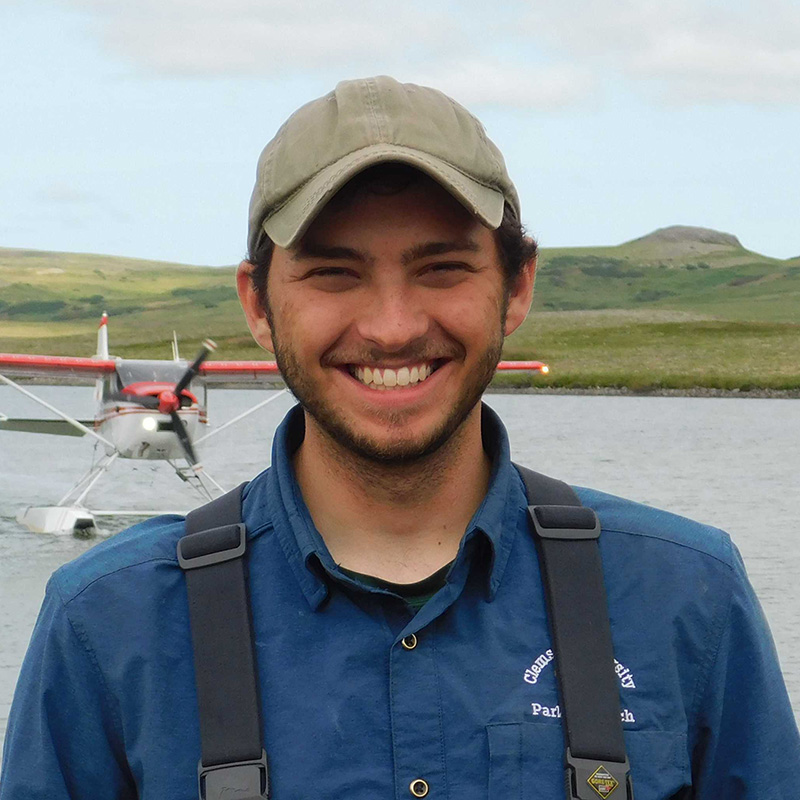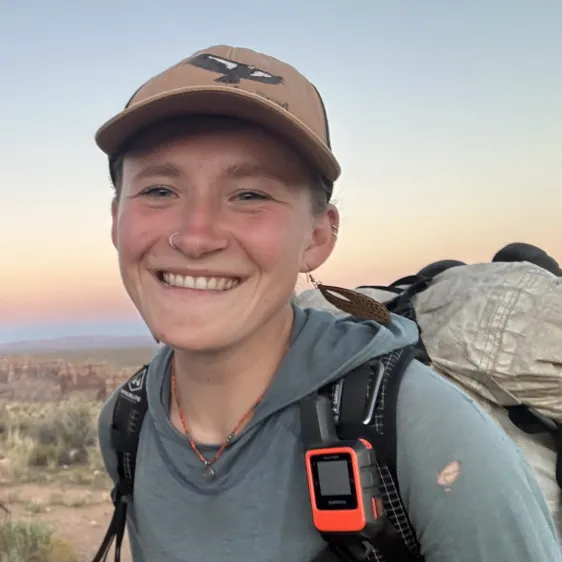Meet Our Fellows!

John Nettles (PhD)
Black bears are expanding their range in South Carolina, and bear hunting is extremely popular in the south. To set harvest quotas, managers need accurate estimates of what the population size and range of the species is in the state. John is studying population estimation methods for black bear in the Blue Ridge Mountains of South Carolina, comparing estimates based on camera traps and hair snares. He earned his B.S. in Wildlife Biology and a minor in statistics from the University of Montana, and his M.S. in Parks, Recreation, and Tourism Management in the Park Solutions Lab at Clemson University where he focused on bear viewing in Alaska. John's research interests include quantitative methods, carnivore ecology, population dispersal, and human-wildlife conflict. Prior to joining us, he has studied giant pandas in China, common loons in Glacier National Park, and most recently worked as the assistant project coordinator for a statewide bobcat population assessment in California. [Co-advised by Dr. Erin Buchholz and Dr. David Jachowski]

Jenna Krugler (PhD)
In the early 1700’s beaver pelt export brought more wealth to the Carolinas than indigo, livestock and timber exports combined. Largely extirpated by the early 1800’s from South Carolina, through trapping regulations and translocation, beavers had recolonized most of the southeastern US by the end of the 20th century. Beavers remain an important furbearer and are of extreme ecological importance in their creation of wetlands, but dams they construct can present flooding issues for many agricultural producers, road managers, and landowners. Lethal removal is the standard management practice where beavers are blocking water flow, but other beavers often come into those areas and rebuild dams, causing the same problem over and over again. Jenna is studying the efficacy of beaver deceivers and other methods that allow water flow without removing beavers and their dams. Prior to coming to Clemson, Jenna earned a B.S. in environmental science at UC Berkeley studying changes in songbird bill morphology over time. Jenna also worked as a field technician on projects conserving bighorn sheep in Montana, California condors in the southwest, and native fish in the Grand Canyon. [Advised by Dr. David Jachowski]

Percy Marshall (PhD)
Clemson University is home to the National Bobwhite and Grassland Initiative, a unified effort of 25 state fish and wildlife agencies and various conservation organizations to restore bobwhite populations. Working with NBGI scientists and Clemson faculty, Percy is studying the effect of land management effects on local gamebird populations such as the northern bobwhite quail. Their goal is to continue to work in outreach and extension to help bring more people from local communities in tune with conservation and management techniques. Percy grew up along the shores of Lake Michigan where they developed a passion for wildlife. They pursued their undergraduate degrees at Hobart and William Smith Colleges where they had the opportunity to work on habitat fragmentation in the New York forests. After graduating, Percy went on to work in outreach and extension with Cornell University to help support local landowners manage their wildlife, agricultural plantings, and pests. An opportunity with waterfowl management brought Percy to the University of Arkansas which allowed them to work closely with Arkansas Game and Fish as well as the Aquatic Invasive and Nuisance Plant Task Force to help enrich the local wildlife conditions. [Advised by Dr. Jared Elmore]

